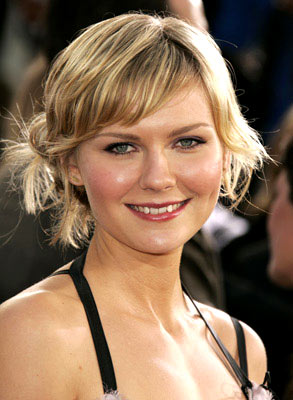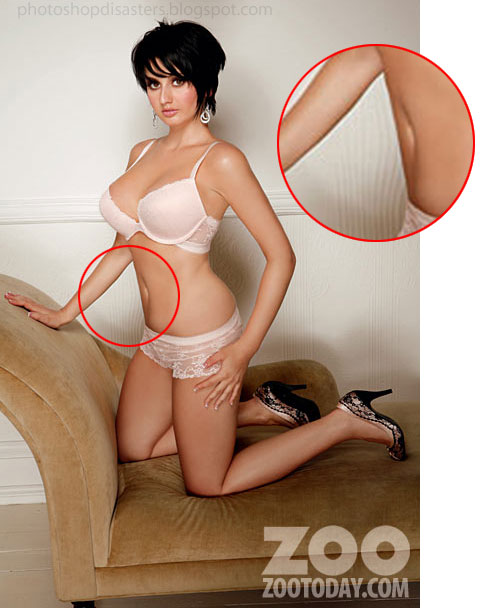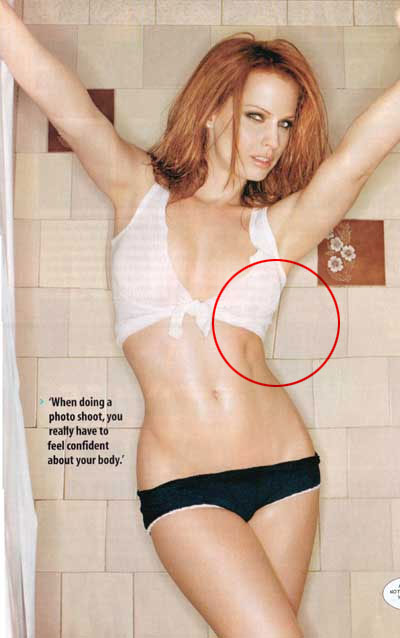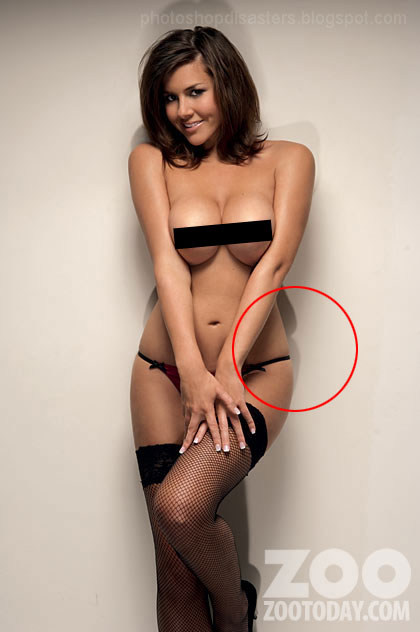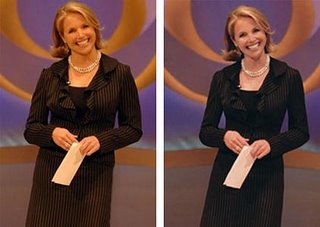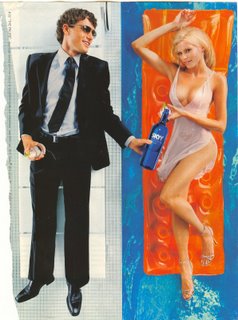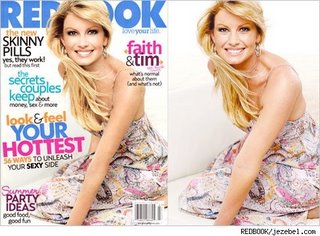Leontine G. sent in this iconic image (found at Empire) of Spock and Captain Kirk from the original Star Trek series, next to the actors who play those characters in the new version (a movie by J.J. Abrams):
Leontine says, “I have a vague feeling that actors and musicians are getting smoother and more plasticky looking,” and this image shows some of that. The Spock and Captain Kirk on the right are supposed to be younger than the ones on the left (the movie is a prequel, more or less), but it’s not just that the actors are younger. There’s clearly also irbrushing and make-up used to erase any lines, blemishes or other “imperfections” on their faces (and either New Spock’s shirt fits perfectly, or they airbrushed out most of the wrinkles).
You might use this to talk about changing standards of beauty in the visual media. If the original Star Trek came out today, how much retouching would they do to the picture of Leonard Nimoy and William Shatner? Maybe the photo would still show them with as many wrinkles and facial lines as they have…but I’m doubtful.
For another example of how TV standards of changed (in this case, how much sexual activity is shown on teen-oriented shows), see this post about the old and new versions of Beverly Hills, 90210.


